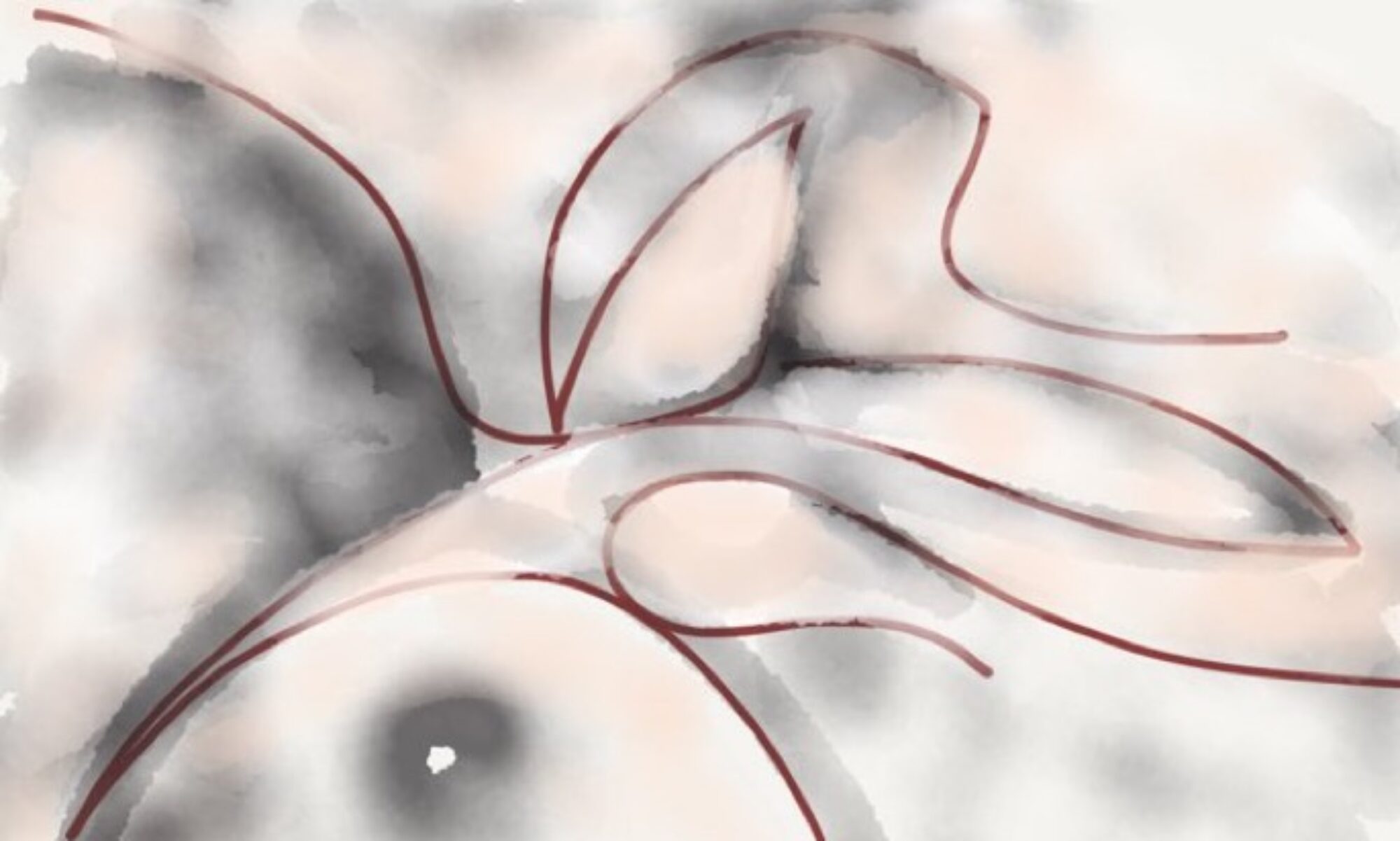gratitude for every day we live
breathe and dream
who knows when will
the wind will sweep them away
leaving questions
without answers
will time heal
will hopes wither
will nature be nourished
by the debris of dreams
we dont regret, but rejoice
when petals are scattered
we dont regret, but rejoice
new buds will sprout
out of their decay,
who knows, who will feel, dare I say!
heart does not age,
like a letter we wrote the other day
in an envelop which is a bit torn
but did the feeling not presage?
let us ring the bell
the temple seems ready to ignite
yearnings for creative urges
shall we just remain silent and not tell?
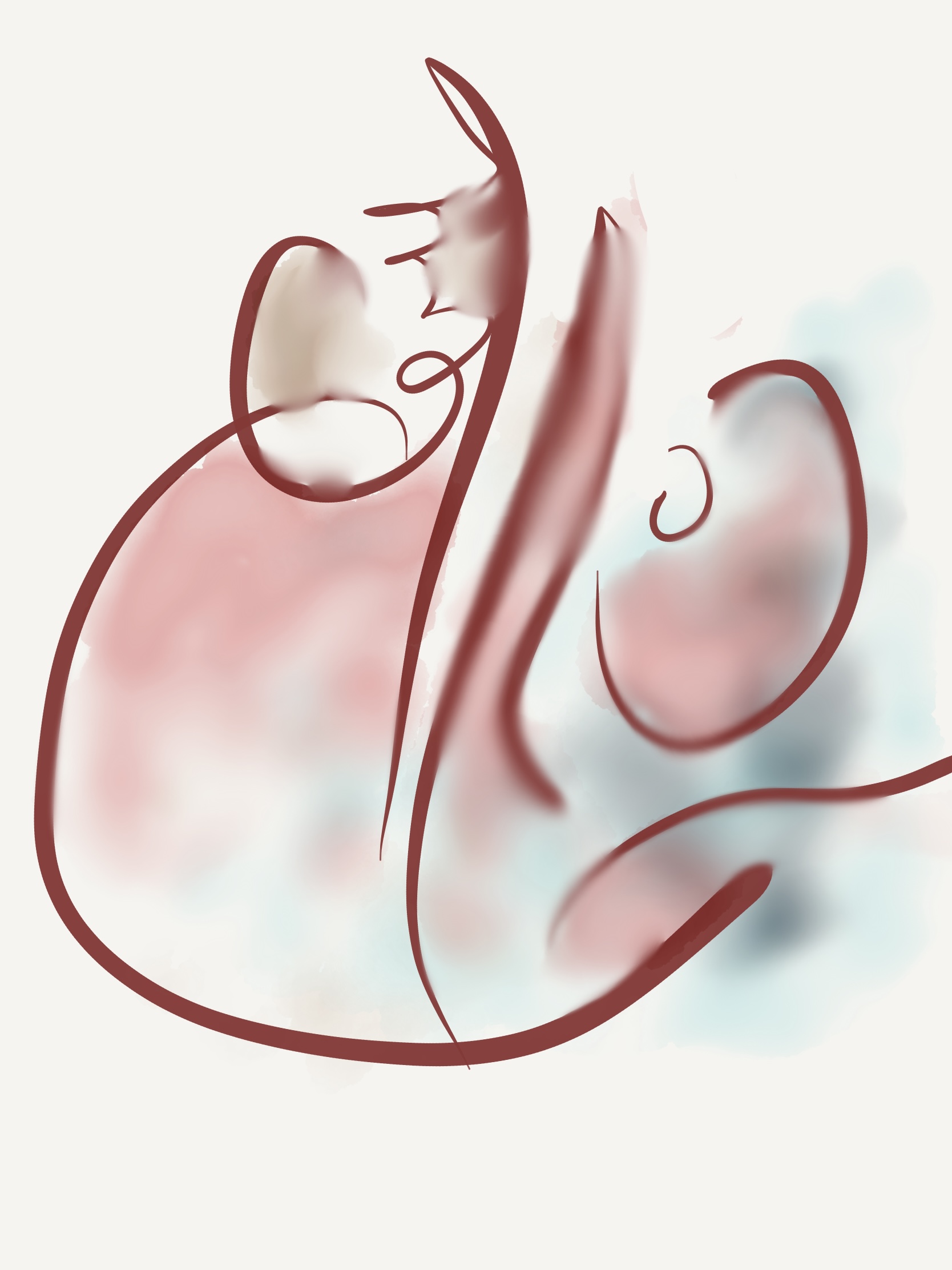
The silence grail
 When I was walking today morning
When I was walking today morning
I saw you quietly walking besides me
I am not sure
If your silence was a reminder
Of my words
I said & did not mean fully
Or was it just a reprimand
For all the moments when I kept quiet
Instead of talking
Shadows are longer today
When it is late
Shadows get longer
The light is dim
But spirit gets stronger
I m in wait
I m often late
Letting you know
We can write on a clean slate
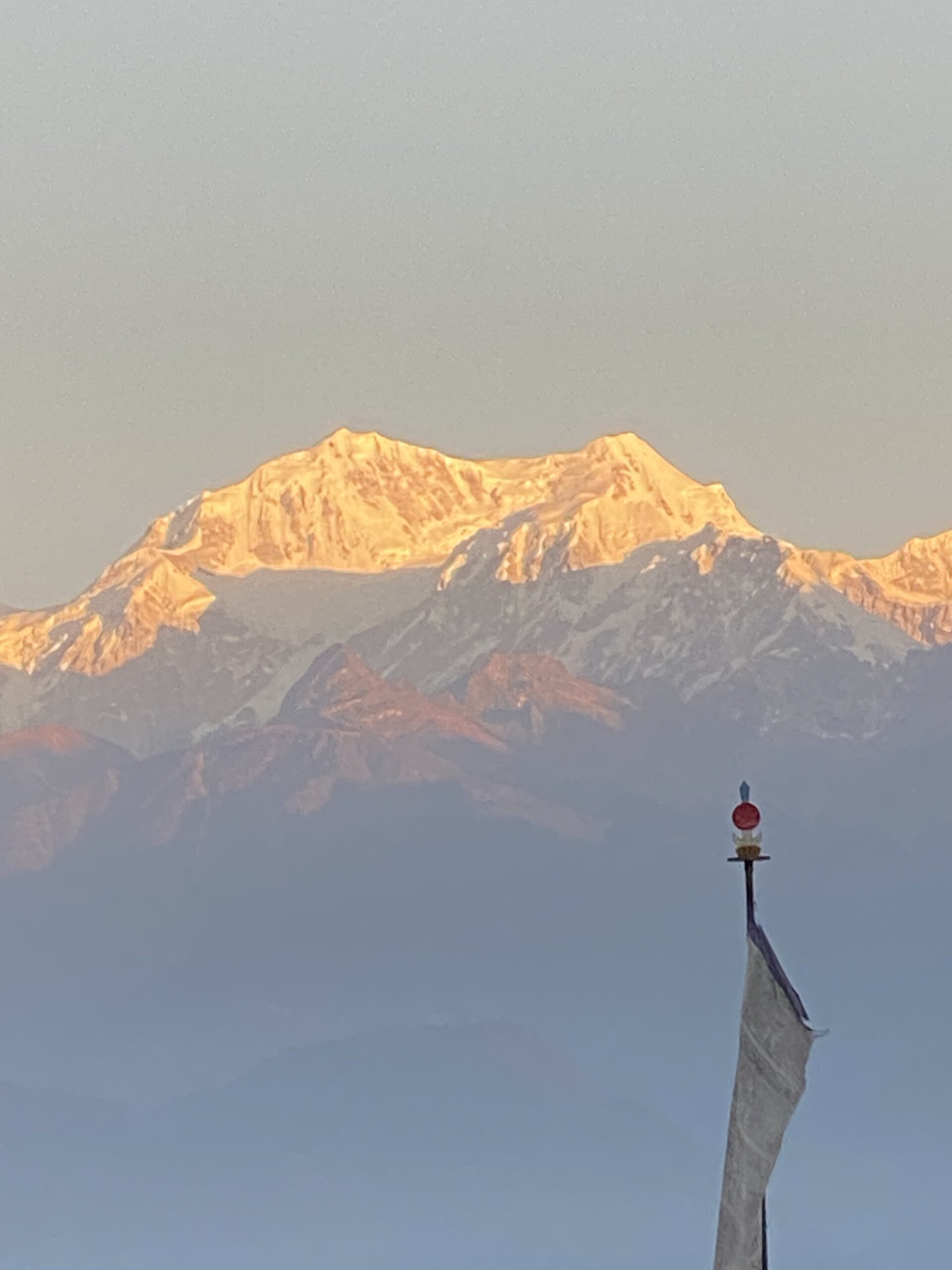
Embers smoulder
Fire inside burns pillars of ego
Holding the sky of ambitions
Surrender, says the smoke
Surrender!!
#poem #poetry
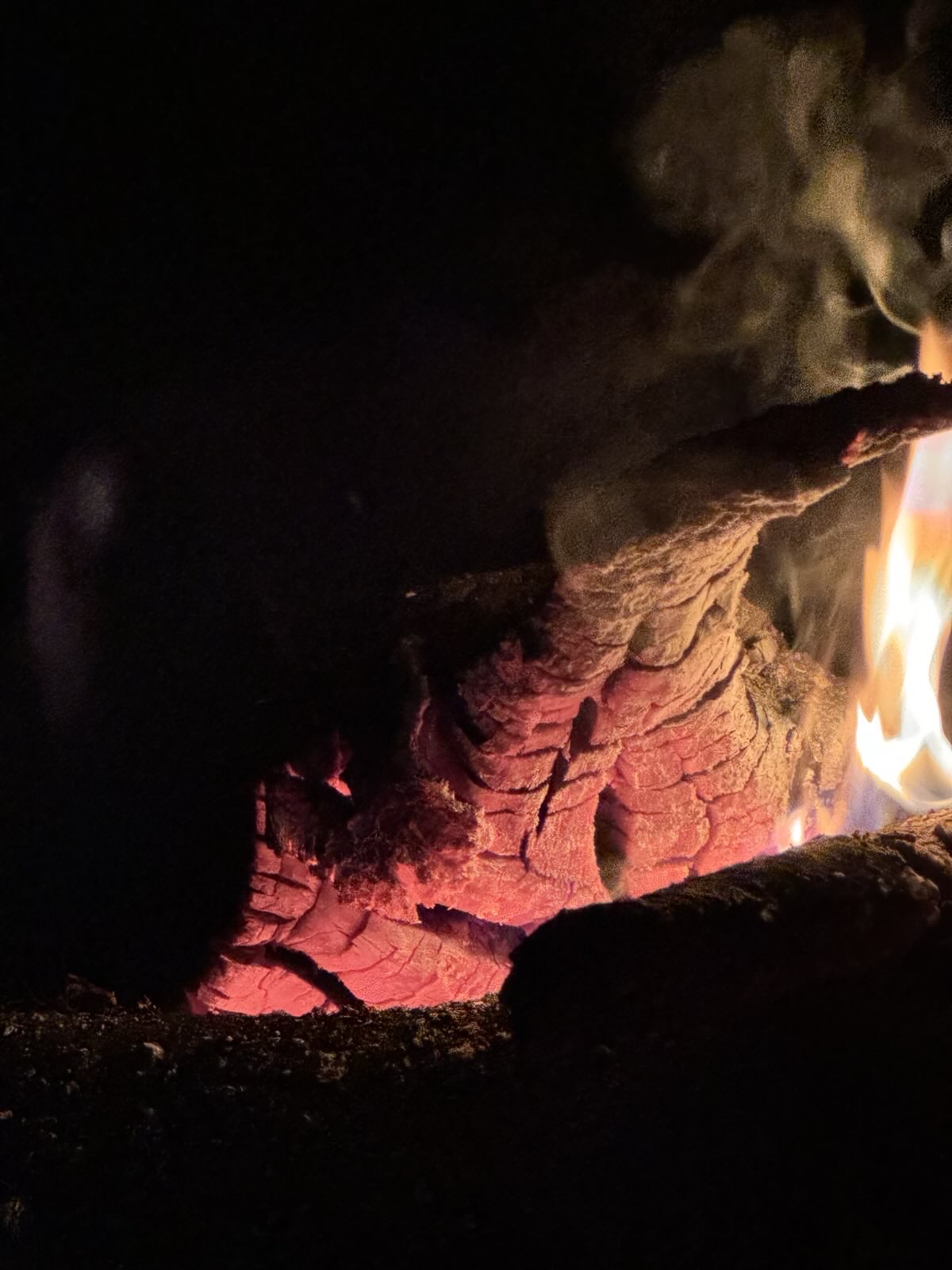
Surrender
<img src=”https://anilg.in/wp-content/uploads/2024/12/IMG_1896.jpeg” alt=”” width=”1200″ height=”1600″ class=”aligncenter size-full wp-image-5442″ /
Embers smoulder
Fire inside burns pillars of ego
Holding the sky of ambitions
Surrender, says the smoke
Surrender!!
#poem #poetry
Why am I abandoning this boat
When shore seems near
Seems near
May be it is far
Do I need to leave this
Just like this
Here
Now
May be not
This dilemma is the oar
With which I row the boat !!
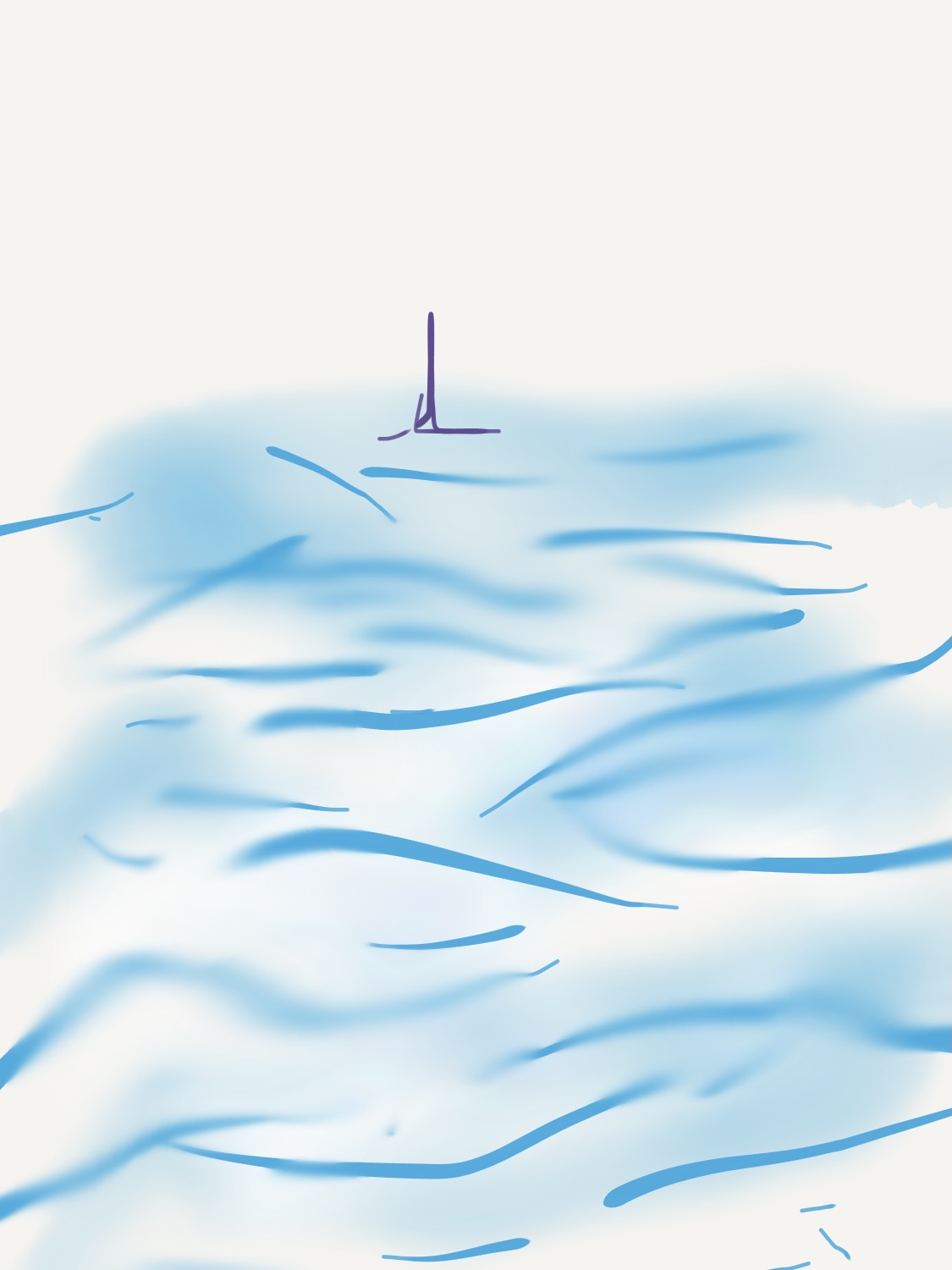
Obsolescence of echoes
When morning sun rises
When your heart aches
The waves of lost dreams drown
All
The echoes of obsolescence
Of lost laughters
#poem
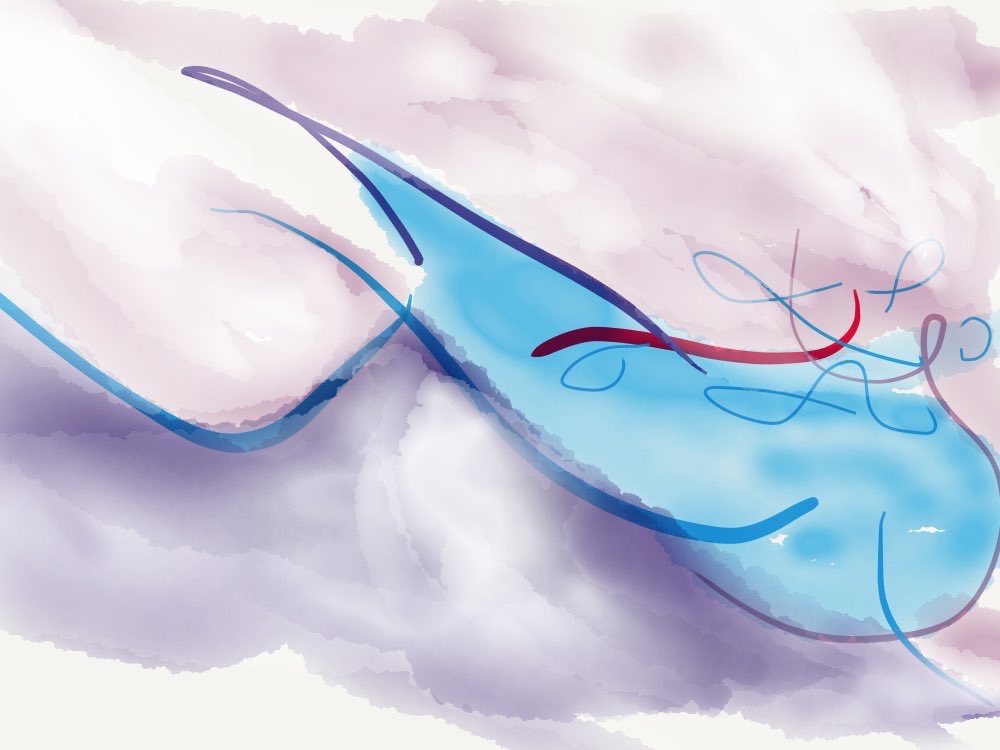
Silence was scattered all around
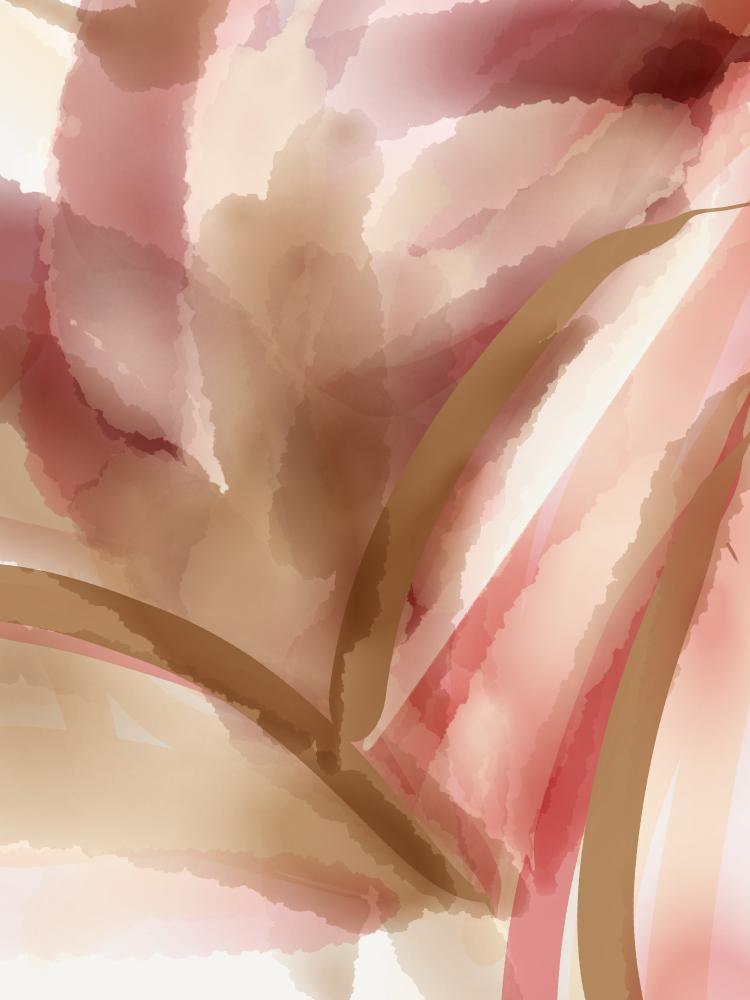
Silences are scattered
Like dried leaves
Will they decompose
Or rejuvenate through sprouts
Or be taken in a caravan
By the ants
To places unknown
irrational visions
you may accuse me of being irrational
true it is largely
but not all irrational acts are wasteful
this world would not exist
rationally
will it?
